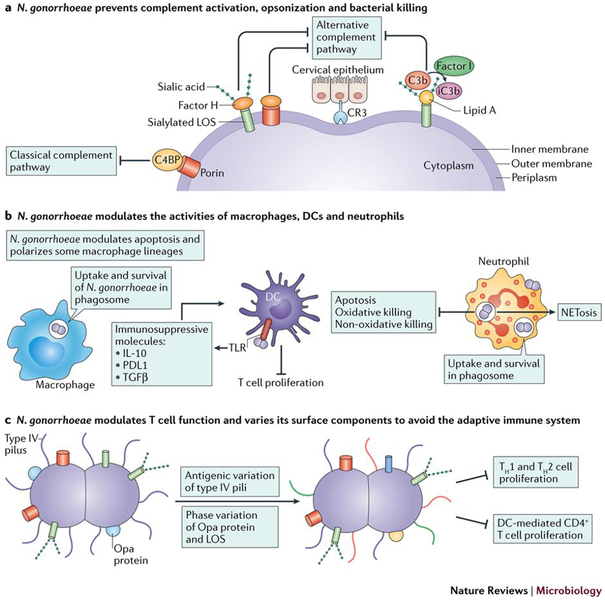Figure 4: Neisseria gonorrhoeae evades and modulates the innate and adaptive immune system.
a) During infection, both the alternative and classical complement pathways may be activated by N. gonorrhoeae. N. gonorrhoeae binds complement proteins to prevent opsonization and killing by membrane attack complexes18, as well as siaylates its LOS to hide from the complement system177. N. gonorrhoeae binds host Factor H and C4bp, becoming serum resistant by presenting as ‘self’ and shielding itself from complement recognition97,178 N. gonorrhoeae also binds to the alternative complement pathway receptor CR3 and the receptor for iC3b, a process thought to aid in epithelial cell invasion100. N. gonorrhoeae binds C3b through Lipid A on its LOS, rapidly inactivating C3b to iC3b through factor I179. b) N. gonorrhoeae is able to survive in and around macrophages and neutrophils during infection, and modulate the immune activating properties of dendritic cells114,116,122,124,136,164,180. In macrophages, N. gonorrhoeae is able to survive inside the phagosome and modulate apoptosis and production of inflammatory cytokines 114. The bacteria polarize macrophages, resulting in macrophages less capable of T cell activation116, and similarly, dendritic cells exposed to N. gonorrhoeae are less capable of stimulating T cell proliferation136. The interactions of N. gonorrhoeae and neutrophils is complex and is discussed in detail in the text. c) N. gonorrhoeae infection does not generate immunological memory, due to the ability of N. gonorrhoeae to antigenically and phase vary its surface structures including Type IV pili, Opa proteins, and LOS. In addition, N. gonorrhoeae modulates the adaptive immune response by suppressing T helper cell proliferation and subsequent activation through influencing cytokine production134,135,181.

